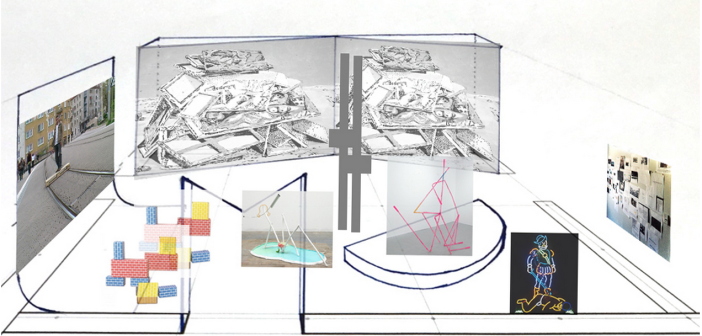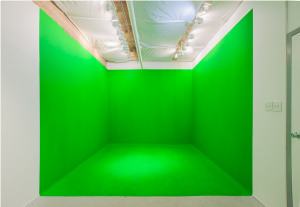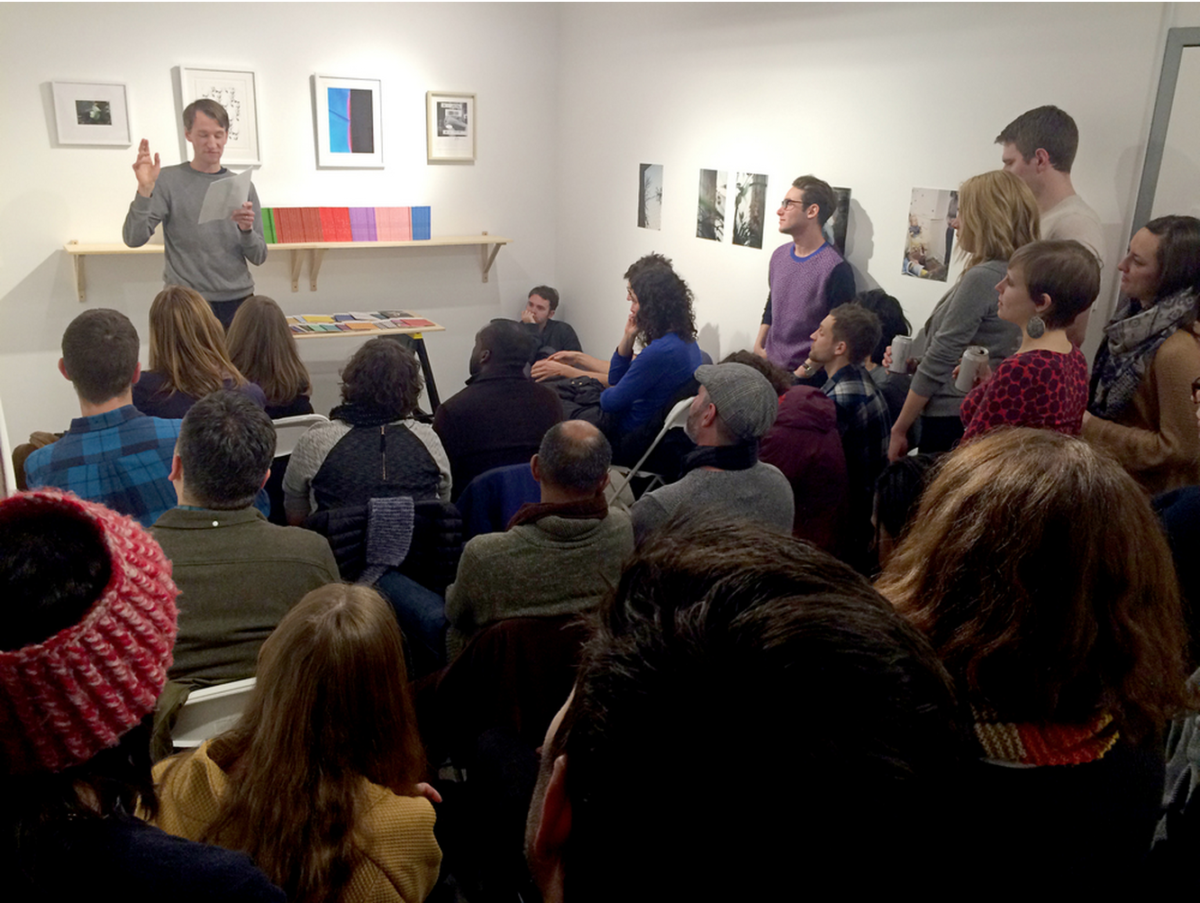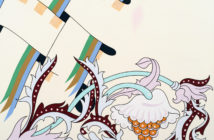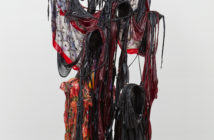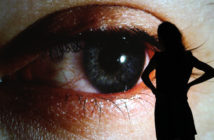Every two years the Institute of Contemporary Art Boston (ICA) selects up to four Boston-area artists to receive the James and Audrey Foster Prize. In addition to a cash award, finalists are given the opportunity to mount a show in the ICA gallery space. Since 1999, this has been a time for the ICA to showcase local talent, ultimately contributing to a larger discourse about the role that arts institutions play in supporting Boston’s creative economy.
The 2015 Foster Prize has been awarded to Ricardo De Lima, Vela Phelan, Sandrine Schaefer, and the collective kijidome; a four-way preferment that is unique in the history of the prize. This year’s line-up is also significant in its focus on performative and curatorial practices.
In the weeks leading up to the Foster Prize exhibition, we will be presenting a series of interviews with each of the Foster Prize recipients. Our next interview in the series is with the artist collective kijidome, composed of Sean Downey, Carlos Jiménez Cahua, Lucy Kim and Susan Metrican.
Big Red & Shiny: How were you first approached about being considered for the Foster Prize?
kijidome: Jenelle Porter and John Andress met with us and explained their idea to shake up the regular format of the Foster Prize this year, and asked us if we’d like to submit a project proposal. We were genuinely excited about their idea of changing up the structure of the award so that rather than honoring and highlighting a few individual artists, it became about more generally nurturing and highlighting performance and collaborative art practices within the Boston art scene. We, as kijidome, began specifically because we saw a need on the ground level in Boston, so whether or not our proposal had been chosen we were excited simply to see that the largest contemporary art institution in the area also recognized the need for artist-run spaces and programming.
BRS: You mentioned that you "saw a need on the ground level in Boston"—can you elaborate on what this need was and how the creation of kijidome has helped to address it?
k: It's an observation that has certainly been made by many people about Boston, that there are amazing resources at the level of museums and academic institutions, but there is still a need for more artist-driven venues and programming to create energy at the ground level of the ecosystem. We are happy to be just one among a number of exciting artist-driven initiatives happening around Boston, and it's great that this year's Foster Prize is recognizing and highlighting such a diverse variety of approaches to this need.
BRS: kijidome is both a gallery space and a creative collective; how are the group’s creative endeavors structured?
k: From the beginning we have thought of kijidome in part as an extension of our own individual studio practices, a place to present ourselves with the sorts of experiences and projects that invigorate us as artists. We each work within our specific artistic disciplines in our studios, but our interests expand beyond that. The curatorial part of our programming is intensely collaborative, and involves a great deal of discussion and debate. Collaborative projects like Green Dream take a bit more brainstorming and dialogue, which we discuss on an ongoing basis while the exhibitions, readings, and screenings are going on. We follow our instincts and try to do what we feel we need at the moment. Because we are an independent entity, the pressure comes from between the four of us.
BRS: How would you characterize kijidome’s contribution to the local creative culture?
k: With each project we do, we try in some way to push outside of what we have done with previous projects. We believe firmly that our artistic peer group extends beyond our disciplines and beyond our geographic location, and that rather than reinforcing an echo chamber around our community or discipline, we must make an effort to reach outside. We have worked with artists in a wide variety of disciplines from across the country, both emerging and established. We also hope that with each project we present Boston with exciting artists and work, and actively create a scene that we would like to see more of. There have been so many articles and ruminations about what the Boston art scene needs; what we’re doing at kijidome is something that does not take a ton of resources, just some energy and initiative.
BRS: Many of you are connected to Boston in different ways, not necessarily as full time residents; how do you feel about the label of "local artists," and how does the concept of locality intersect with your practice?
k: While it is clearly useful in some instances to consider geography and location, in general we find that the term "local artist" does not really enter into our concept of how things actually work. There are simply too many examples (including ourselves) of artists who live in many different places and feel connections to many different cities. If you are an artist who came from Iowa and then moved to San Diego for 5 years and then to Berlin for 7 years, but has now been living in Vermont for the last few years and traveling back and forth to New York a lot, where exactly are you a "local" or at what point do you become a local? Artists are forced to be resourceful, and that often ends up meaning moving to locations that are right for you at a given moment in your life and work. Having said that, we do definitely believe in participating in, and contributing to the place where you live. But "contributing" and "participating" assume action; the label "local artist" is only tied to where you happen to be, and does not seem to have any real connection to the most important aspect of any artist, which is the work that they do.
BRS: During the Foster Prize exhibition, will there be any connection between the programming taking place at the kijidome location in the South End and that at the ICA?
k: Beginning in March, and throughout the Foster Prize exhibition, kijidome’s primary space in the South End will function as an artist residency. Three artists who are commuter-teachers will inhabit the space consecutively for 3-4 week residencies, and what they produce during their time at kijidome will be integrated into our exhibition and programming at the ICA.
BRS: How did you as a collective come to the decision to incorporate the work of outside artists into the upcoming show?
k: The curatorial component has been a large part of kijidome since we started. It's something that is an exciting and challenging analog to the work we do individually as artists in our studios. That said, the physical constraints of our South End space have made certain curatorial/installation ideas impossible. The Foster Prize exhibition has given us the opportunity to use the larger size and resources of the ICA to incorporate a number of work and space ideas that we have had floating around in our heads for a while, but haven’t really had the ability to manifest in our regular space.
BRS: In addition to organizing kijidome, each of you has a successful art practice. Do you find balancing your own work with kijidome to be a challenge? How has each informed the other?
k: It certainly makes for busy times, but we’re somehow able to balance and delegate responsibilities in a way that allows for all of us to continue doing what we need to do in our own studios and lives. We also have had amazing interns: Fiona Buchanan from Boston University and Jacqueline Roche from MassArt.
We try to schedule programming every other month because realistically it’s not possible to do monthly projects while holding down our jobs and studios. The work we do at kijidome keeps us on our toes in our own practices, and working with so many exciting, ambitious artists creates a rich and rigorous context for our own work.

